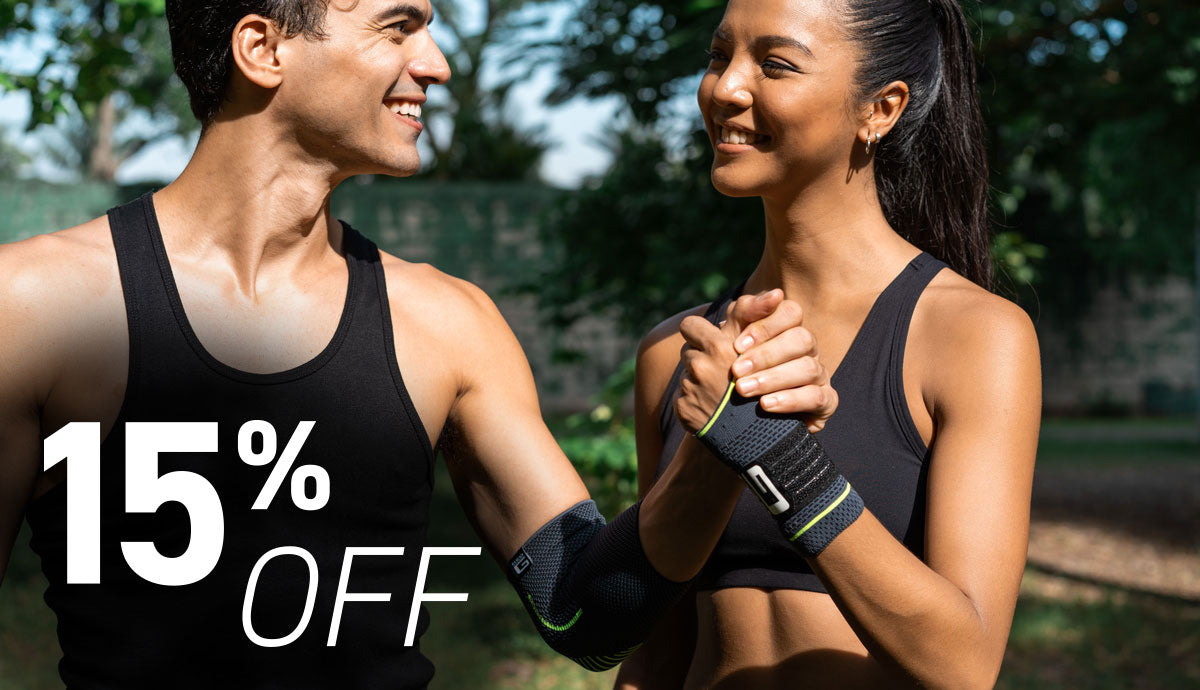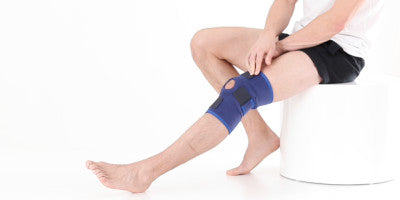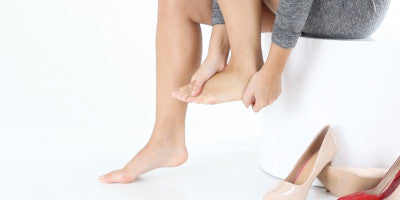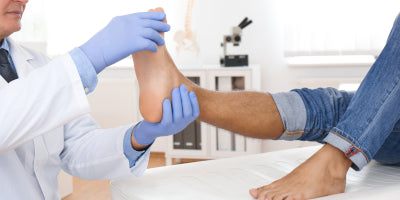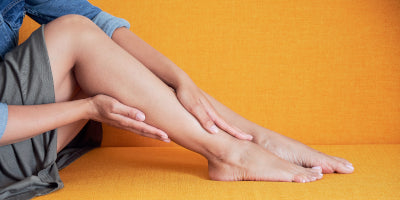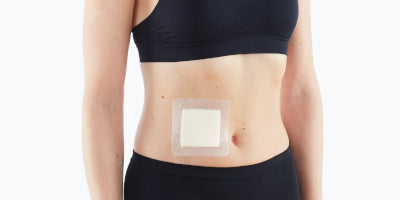How to apply Kinesiology tape
Over the past few years there has been an increased availability of Kinesiology tape, with people more confident in applying the tape themselves, rather than historically having a professional apply the tape to them. For those still unsure about how to apply Kinesiology tape, the good news is that fundamentally, all Kinesiology tape can be applied in the same manner. However, there may be slight differences in application between brands. Below, we will explain some key points on how to apply Kinesiology tape as well as how Neo G can help you with application.
Preparation
When applying Kinesiology tape, preparation is key. This includes making sure the area you want to apply tape to is clean and for best adhesion, we would recommend either trimming any hair or shaving the area. We would also recommend using the application guide to understand what shapes and sizes of tape you will require as its important to have these cut before starting to apply.
Applying the tape
Each application will require different tape techniques but applying each strip of tape will generally be done in the same way.- The tape will be on some form of backing paper. This can either be ripped or if you push a section of the tape against the backing paper it will start to tear the paper
- Once the backing paper is cut then you can carefully peel it back to expose a section of tape while still being able to hold onto the backing tape ready to apply to the skin
- With the two sections of backing tape in hand you can stretch the tape to the advised amount on any guide that you are using. Once stretched place the section down on the skin carefully ensuring there are no wrinkles in the tape
- Depending on the application this may leave two sections with backing paper on that is not applied to the skin yet. For these two sections carefully peel the backing paper while pushing the tape onto the skin with no stretch.
- Once the tape is applied use a section of the backing paper to rub over the tape to help with adhesion
- Repeat for each strip of tape as needed
When applying the tape ensure the muscles that will have tape on are in a stretched position. Failure to do this can result in the tape excessively pulling on the skin when the limb moves or pulling up and not sticking.
NeoTape and the visual tension guide
At Neo G we want to ensure all individuals can apply our products safe and effectively. For our Kinesiology tape, we include a leaflet in each box with some general applications. We also have the application guide which shows a wider range of applications. On the tape itself we include a visual tension guide, which you will see as circular shape. As the tape is stretched the tension guide will change shape to indicate when you are at different tension points required for each application taking all the guess work out of applying the tape at the correct tension guide. Below are the three levels of tension and how the shape on the tape corresponds to that tension.
100% Tension
With the backing tape removed and no stretch on the tape the outside will be an oval and the inside will be a skewed hexagon as shown below

120% Tension
When the tape is stretched and the outside is a circle as shown below the NeoTape is at 120% Tension

140% Tension
When the tape is stretched and the inside is a hexagon as shown below the NeoTape is at 140% Tension

